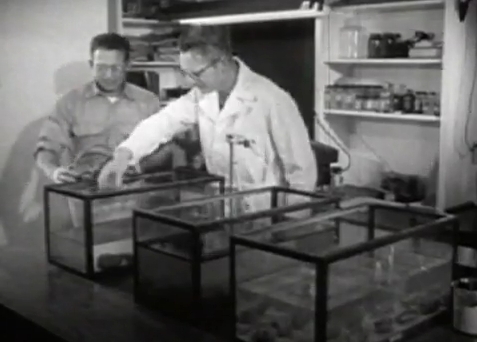Cross-posted from the Wonk Room.
The American Power Act may be President Obama’s last chance to pass comprehensive climate legislation and prevent catastrophe this year. The legislation, drafted by Sen. John Kerry (D-Mass.), Joe Lieberman (I-Conn.), and Lindsey Graham (R-S.C.) — before Graham dumped his commitment to a cap on carbon pollution — is in the mix for the Senate calendar, although many Democrats want to abandon it for a smaller suite of energy policies, such as the bill that came out of Sen. Jeff Bingaman’s (D-N.M.) energy committee last year. Recognizing the political challenge, Obama has committed to finding the votes for legislation that puts a price on carbon pollution.
The Environmental Protection Agency has released its analysis of the American Power Act today, agreeing with independent studies that the legislation would cut energy bills, create jobs, and strengthen national security. Most critically, they also looked at the effect of the legislation on the fate of the planet’s climate. Scientists have repeatedly warned that catastrophic tipping points — global species collapse, megadroughts, rapid sea level rise, ice cap destruction — become inevitable as the planet warms more than two degrees Celsius above pre-industrial levels. Quite simply, an American cap on carbon is the deciding factor:
Under reference assumptions the probability of observed temperature changes in 2100, relative to pre-industrial levels, remaining below 2° C (or 3.6° F) is roughly 1%, and the probability of observed temperature change exceeding 4° C (or 7.2° F) is approximately 32%.
Under the combined APA and the G8 international agreement assumptions, the probability of observed temperature changes in 2100 remaining below 2° C (or 3.6° F) increases to 75%, and the probability of observed temperature changes exceeding 4° C is negligible given climate sensitivity assumptions.
To be clear — EPA’s modeling of climate sensitivity is optimistic, and the world will need to raise its ambitions for declaring independence from oil and coal pollution.
Without policy, the EPA finds, concentrations of greenhouse gases will rise to 931 ppm carbon-dioxide-equivalent by 2100; with America leading the G8 to cut emissions by 80 percent by 2040, concentrations will only rise to 457 ppm.
Even if China, India, and other developing countries take the unlikely path of inaction until 2050, and then hold emissions constant, “the probability of observed temperature changes in 2100 remaining below 2° C (or 3.6° F) increases to approximately 11%, and the probability of observed temperature changes exceeding 4° C (or 7.2° F) falls to roughly 15%.”
The opponents of the American Power Act and EPA regulation of carbon pollution are playing a deadly game of Russian roulette — with bullets in 99 chambers out of 100.



